In recent years, shipping container homes have emerged as a compelling alternative to traditional housing options. These modular structures, originally designed for the transportation of goods across seas and continents, are now being repurposed into functional, stylish, and sustainable living spaces.
Here’s a look at the numerous benefits of shipping container homes and why they might be the right choice for your next residence.
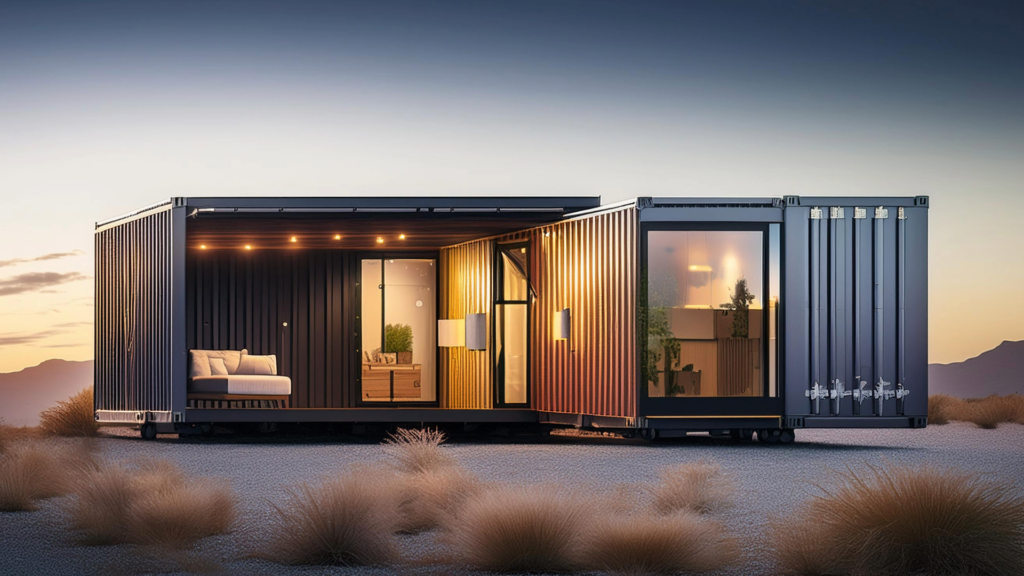
10 Benefits of Shipping Container Homes
1. Affordability
One of the most attractive benefits of shipping container homes is their cost-effectiveness. Shipping containers are widely available and relatively inexpensive, especially when compared to traditional construction materials. By repurposing these containers, homeowners can significantly reduce the cost of materials and construction. Additionally, many container homes require less labor and fewer resources to build, further lowering expenses.
2. Sustainability
Shipping container homes are an eco-friendly alternative to conventional building methods. By recycling and repurposing used containers, these homes help reduce waste and minimize the demand for new building materials. Furthermore, container homes can be designed to be highly energy-efficient, with options for solar panels, rainwater harvesting systems, and high-performance insulation. This commitment to sustainability not only benefits the environment but also reduces long-term utility costs for homeowners.
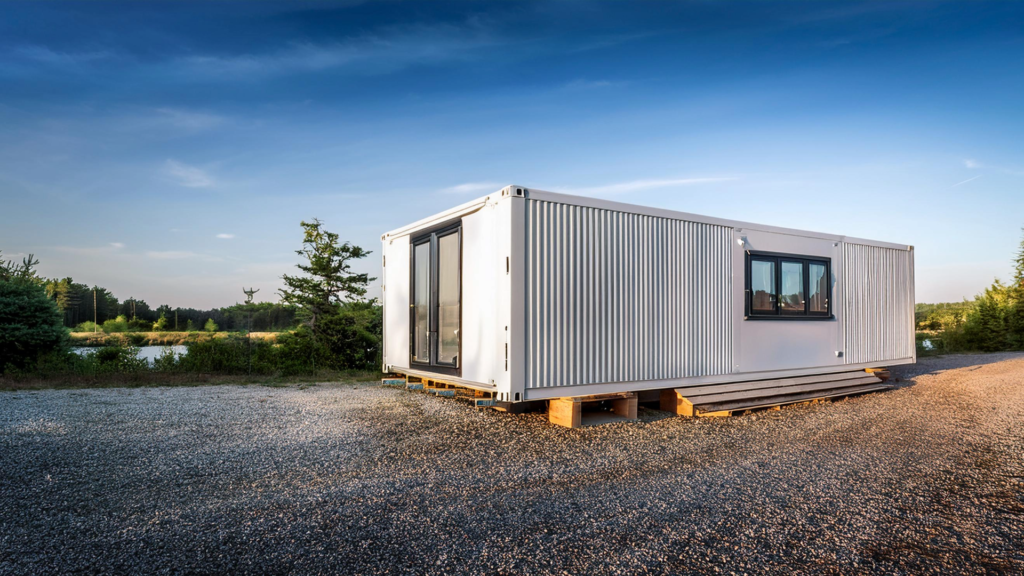
3. Durability
Built to withstand harsh conditions during transport, shipping containers are inherently durable and resilient. Constructed from high-strength steel, these containers are resistant to extreme weather, pests, and fire. This durability translates into a long-lasting home that can endure the elements and require less maintenance compared to traditional housing materials.
4. Modular Flexibility
The modular nature of shipping containers allows for a high degree of design flexibility. Containers can be easily combined, stacked, and rearranged to create a variety of living spaces, from compact studio apartments to expansive multi-bedroom homes. This adaptability makes it possible to customize the design to suit personal preferences and needs, as well as to expand the home over time.
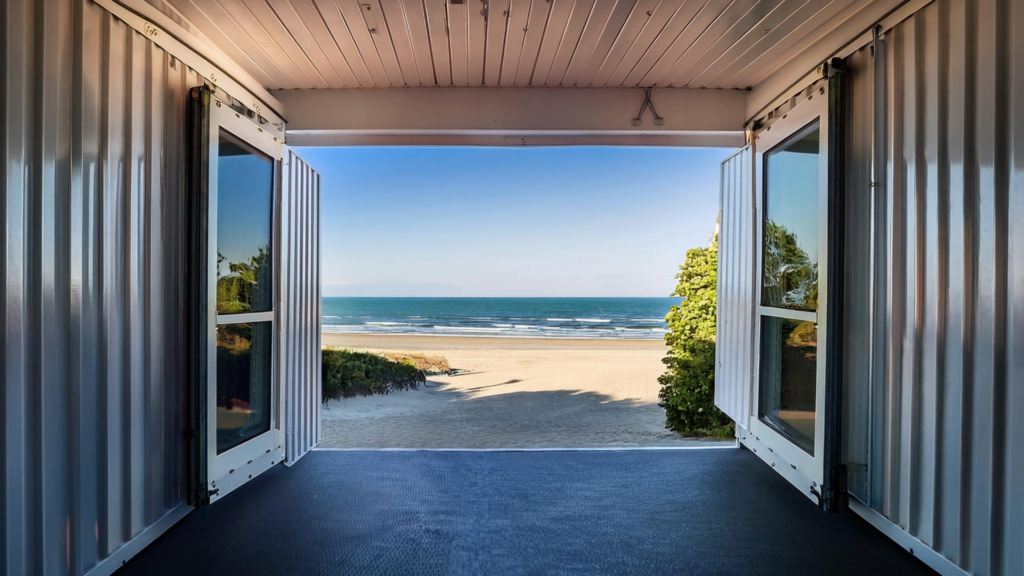
5. Quick Construction
One of the standout benefits of shipping container homes is their relatively quick construction time. Since containers are prefabricated and already have a strong structural framework, the process of turning them into a livable space can be significantly faster than traditional building methods. This speed is particularly advantageous for those looking to move into a new home quickly or to set up temporary housing solutions.
6. Portability
For those who value mobility, shipping container homes offer a unique advantage: portability. These homes can be easily transported to different locations, making them an ideal choice for people who move frequently or want a vacation home that can be relocated. Additionally, the modular design allows for easy disassembly and reassembly, further enhancing their portability.
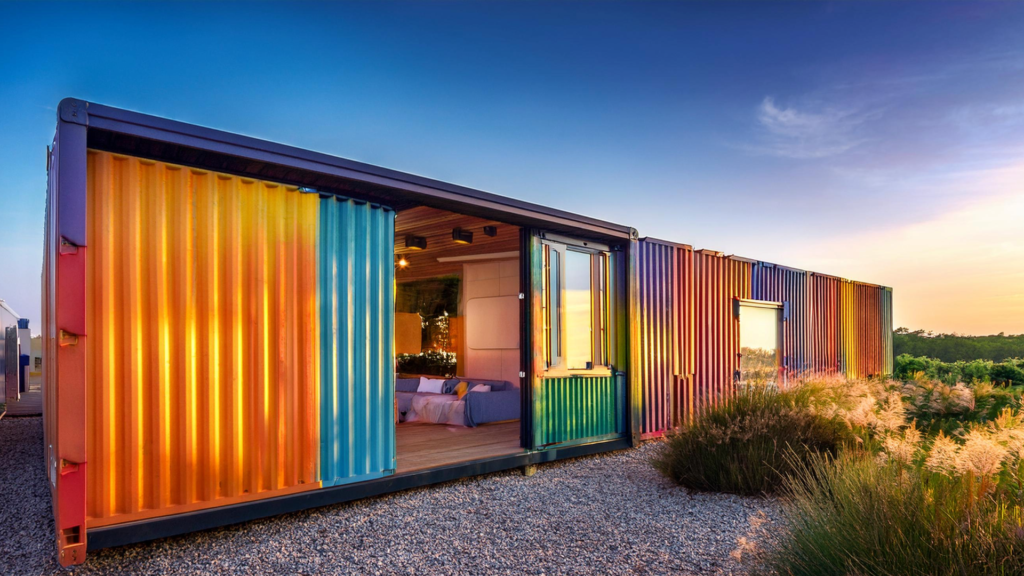
7. Innovative Aesthetics
Shipping container homes can be visually striking and architecturally innovative. The industrial aesthetic of exposed steel, combined with modern design elements like large windows and creative layouts, results in unique and eye-catching homes. This aesthetic appeal often attracts individuals who appreciate contemporary design and want a home that stands out from traditional structures.
8. Reduced Construction Waste
Traditional construction methods often generate a significant amount of waste, from off-cuts of materials to excess debris. In contrast, shipping container homes produce minimal waste because the primary building blocks are already manufactured. This reduction in waste contributes to a more sustainable building process and lessens the environmental impact of construction activities.

9. Security
Shipping containers offer a high level of security due to their robust steel construction and customizable locking mechanisms. This makes them less susceptible to break-ins compared to conventional homes. For those concerned about security, the inherent strength of container homes provides added peace of mind.
10. Community and Innovation
The growing popularity of shipping container homes has fostered a community of innovative thinkers and designers who are pushing the boundaries of sustainable and affordable living. This collaborative spirit has led to the development of creative solutions and improvements in container home design, benefiting the broader housing market and encouraging further advancements in sustainable living.
Shipping container homes represent a dynamic and forward-thinking approach to modern housing. With benefits ranging from affordability and sustainability to durability and design flexibility, these homes offer a practical solution for a variety of living needs. As the world continues to seek more eco-friendly and cost-effective housing options, shipping container homes stand out as a viable and innovative choice for those looking to embrace a new way of living.
The cost of a shipping container can vary significantly based on several factors including its size, condition, and location. Here’s a general breakdown to give you an idea of what to expect:

Common Types of Containers and Cost
A Standard 20-foot container typically costs between $2,000 and $5,000. These are the most common and affordable option.
A Standard 40-foot container generally ranges from $3,000 to $6,000. Larger containers provide more space and are slightly more expensive.
A high cube 40-foot container is slightly taller than standard containers and usually cost between $3,500 and $7,000. They offer extra vertical space which can be useful for certain applications.

New vs. Used Shipping Containers
Prices for used containers vary based on their condition.
A used container in good shape might cost between $2,000 and $4,000 for a 20-foot container.
New containers are more expensive and can range from $4,000 to $7,000 for a 20-foot container. These containers are often used for shipping and may have a longer lifespan compared to used containers.
Specialty Containers (Reefers) are designed to maintain temperature-controlled environments and typically cost between $5,000 and $15,000 depending on size and condition.
Modified/ Custom Containers have been modified or customized for specific uses, such as homes or offices, can be much more expensive. The cost of modification can vary widely based on design and requirements.
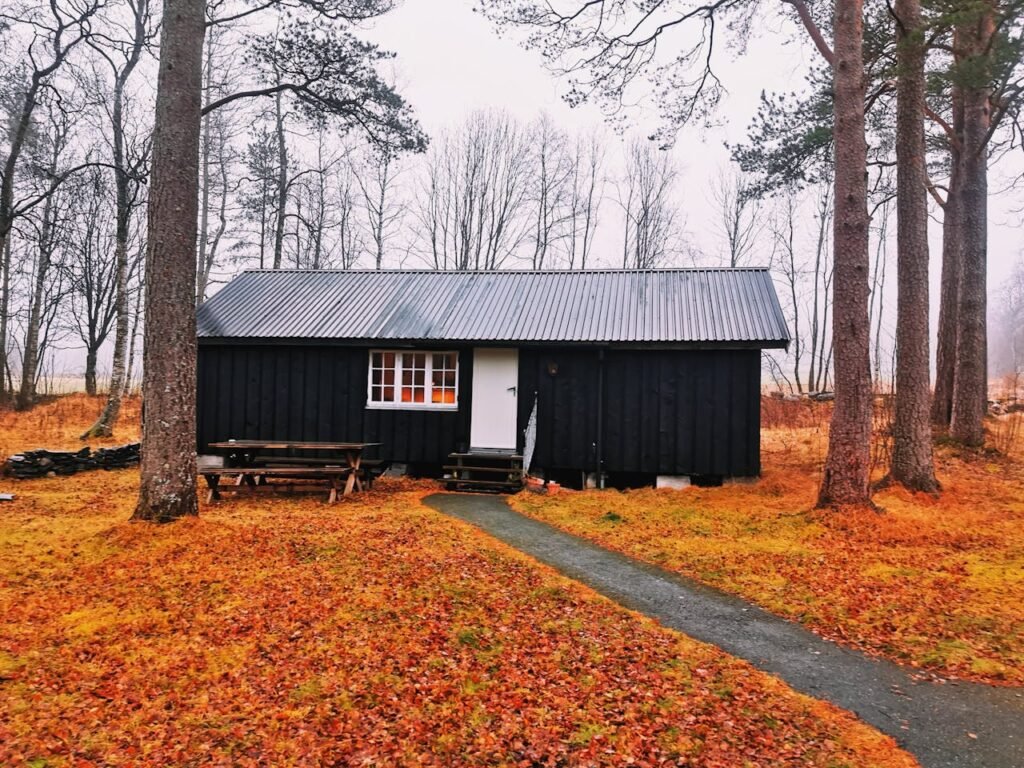
Additional Notes:
Prices can vary based on where you are buying the container. Containers may cost more in areas where they are less readily available.
The cost of transporting a container to your location can also add to the overall expense. Delivery costs vary based on distance, accessibility, and local regulations.
Some buyers may choose to have a container inspected or certified, which can add an additional cost. Certification ensures that the container meets specific standards and is fit for use.
If you plan to modify the container for use as a home or office, additional costs will include insulation, windows, doors, and interior finishes.

In summary, the cost of a shipping container can range from $2,000 to $7,000 for base standard sizes, with specialty and modified containers being more expensive. It’s important to factor in additional costs for delivery, modifications, and potential inspections when planning your budget.
I’ve always wanted to build a container home house